~ InvisiSign - Emergency Exit Sign ~
Emergency exit sign illuminated
The custodians of historic properties go to great lengths to conserve their unique wall fabrics or painted wallpapers in order to present their interior environments to the viewing public in as preserved and original a manner as possible.
Yet, to comply with current British Standards requirements, these interior decors are frequently defaced by the essential imposition of obtrusive Emergency Exit Signage.
To overcome this challenge, and in response to the concerns expressed by many of our clients, Charter Lighting are pleased to announce a new, illuminated Exit Sign which has been specifically developed with the needs of the heritage sector in mind.
The new InvisiSign offers a whole new concept in environmentally-sympathetic compliance. The sign illuminates brightly to be clearly visible when activated, but blends in with its background, virtually disappearing, when not actually in use.
The clear acrylic used for the sign is etched with the running man symbol. This is almost impossible to see when the sign is not illuminated.
In all respects of power maintenance and fail-safe performance, the InvisiSign is fully compliant with today’s BS5266 standards. It is available as a stand-alone item, or incorporating Dali control with self-test functionality. It can be installed as you would any standard maintained or non-maintained illuminated emergency sign.
We recommend two types of sign body types, one being for an in-ceiling recessed option, the other for a surface-mounted version. These two styles would typically support a free-standing printed sign which is visible at all times, but which also illuminates under emergency conditions. We use a clear acrylic sheet which is specially-etched with the emergency exit imagery. The body of the signs which contain all the working elements – the LEDs and back-up power batteries – may either be supported upright and discreetly on top of e.g. a door frame or recessed out of sight completely in the ceiling.
Being transparent, the sign element itself is virtually invisible against any background setting. The sign can still be seen and read but without obstructing or obscuring the property features it is set against.
In an emergency situation the sign illuminates – with the elements of the acrylic sheets that are actually etched, being the running man and arrow, showing most prominently. We have introduced a green filter (which could be a different colour if preferred) between the LEDs and the etched acrylic to ensure that the sign is extremely visible once its use has been activated. The presentation of such signage is subject to ‘recommendation’ rather than statute or fixed regulation – for the time being at least – so the final aesthetics are for you to be satisfied with; but we have selected green as a preliminary standard, given that this is what the public are accustomed to.
There are an enormous number of very simple exit signs on the market, with many different variants (to indicate exit to the left or right, up and down, or to indicate stairs, with or without doors, for example). Since we anticipate that the sort of buildings that will want minimal intrusion upon the interior décor will want only the minimum number of such exit signs, and for them to be used only in the places where they are obliged to site them, the majority of such places will be over/adjacent to exit doorways and in main corridors/circulation spaces. The job of the sign in such an instance is as much to ‘show where to go’ as to provide any other information or sense of orientation. Hence – unless specifically requested otherwise – just the image of a man running with the arrow down (to indicate a doorway) or with the arrow horizontal (for which direction to follow, the sign itself being reversible) are sufficient just as two variants.
InvisiSign OFF
This surface-mounted InvisiSign, installed at Portmeirion in Wales, has been carefully colour-matched to the existing wooden doorway to ensure a seamless and blended finish. When not in use the sign simply disappears into the background.
InvisiSign ON
When activated, the InvisiSign, glows bright green, illuminating the running man and directional arrow. Our additional, emergency lighting on either side of the sign (discrete spotlights) can also be seen to be working at the same time, to provide escape route lighting.
Here at Charter Lighting we strongly believe in a bespoke service. Our InvisiSigns can be made to your specifications in terms of:
Arrow direction
Artwork origination
Colour matching
This particular client was installing our InvisiSigns in Doha and required the addition of the word Exit in English and Arabic.
If you would like more information on emergency lighting in a heritage setting click on the link below to listen to the webinar recording by Historic England.
Building Services: Emergency Lighting and Exit Signage








